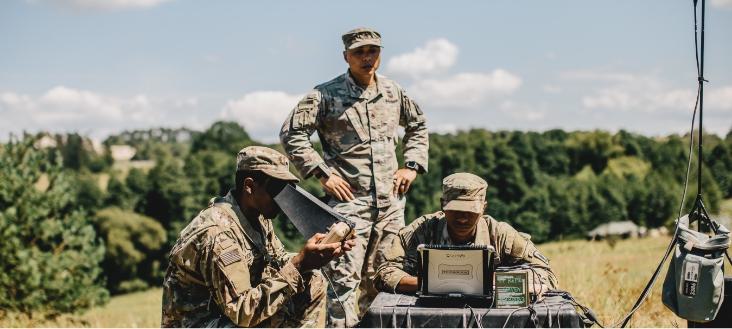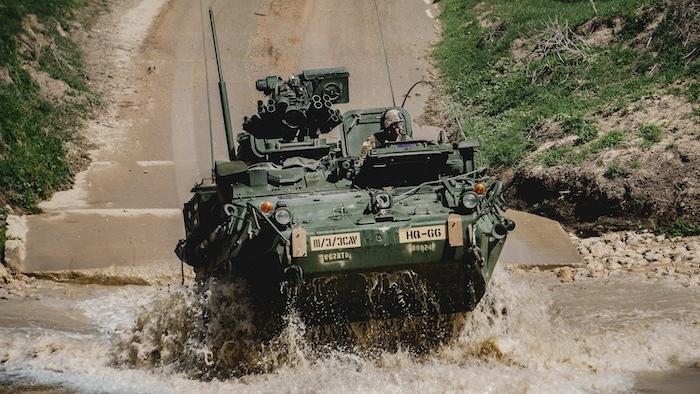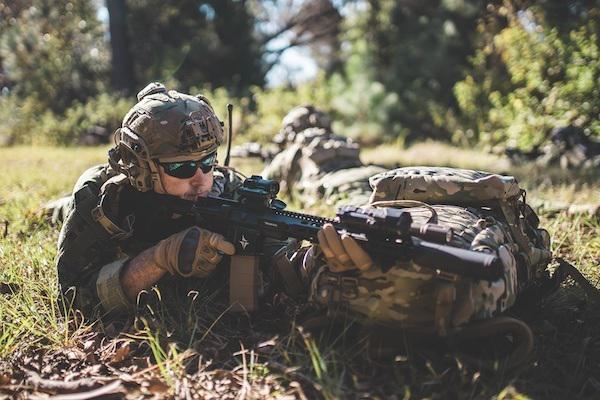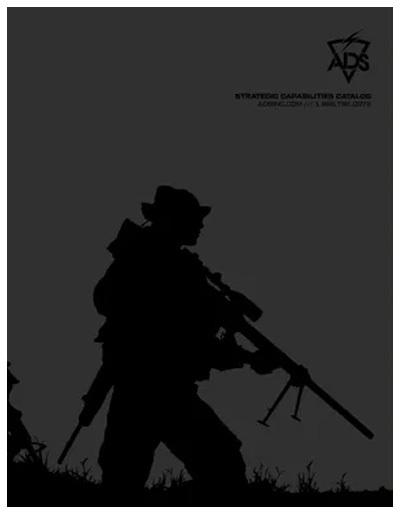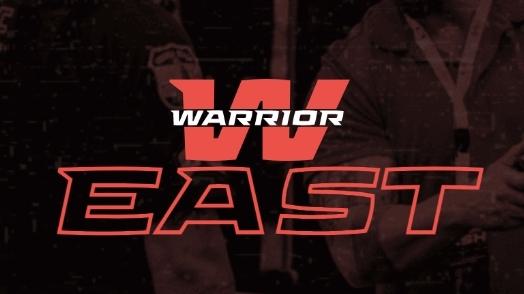A layperson’s instinctual reaction when presented with a heavily bleeding wound is often to apply pressure directly on top of the skin, possibly with their hands. Even if they have gauze, their first reaction is often to try and mash a ball of it into the wound from the top.
A more appropriate technique, however, is to feed gauze or other wound-packing material starting down at the bottom of the wound, slowly packing from the bottom until the wound is filled. At that point direct pressure will be applied from the outside surface (skin) and this pressure becomes directly transmitted to the base of the wound — exactly where we want it.
Enter the Wound Cube. The cube, designed to accurately depict the texture and feel of a traumatic injury in flesh, features several types of correctly modeled and sized wounds. These include lacerations as well as different types of gunshot wounds.
The ballistic patterns are authentic, recreating the narrow entrance channels and larger interior cavities created by a gunshot wound. Its durable silicone also features realistic tissue density and is textured to feel similar to human skin, especially when a few drops of simulated-blood lubricant is added.
The Wound Cube is made from clear silicone, making it semi-transparent and easy to confirm that you’re effectively getting the wound-packing material to the base of the wound inside the body. While you’re getting to third base with the cube, an instructor can shine a flashlight into one of the other open holes to illuminate the inside of the channels and make easy visual confirmation on how effectively you’re packing the wound.


